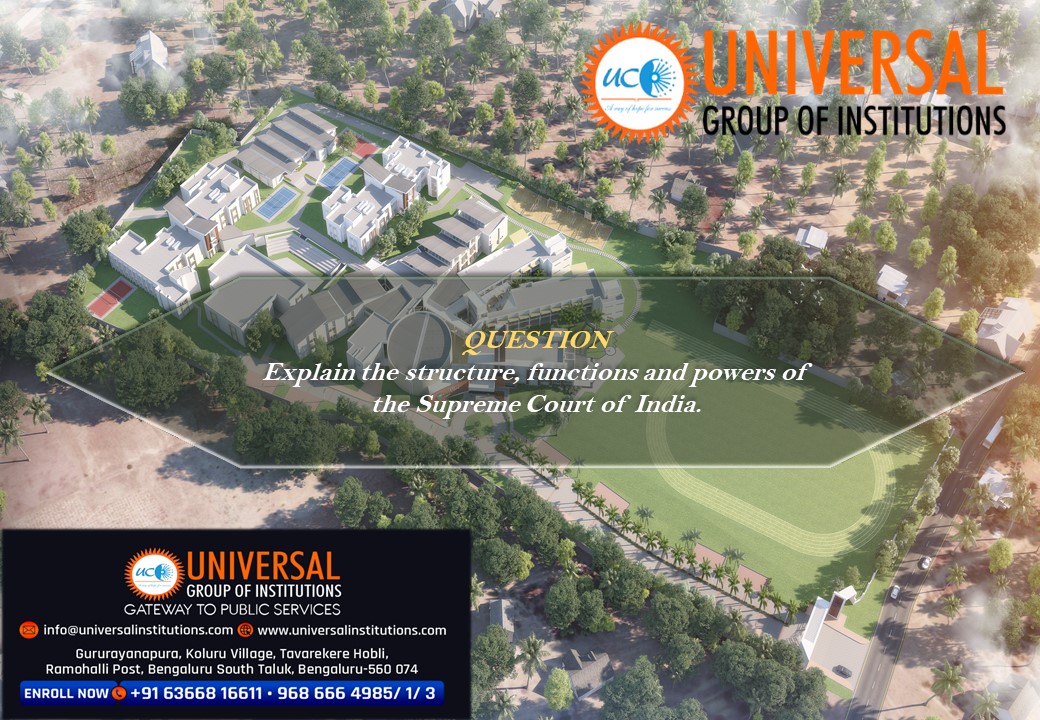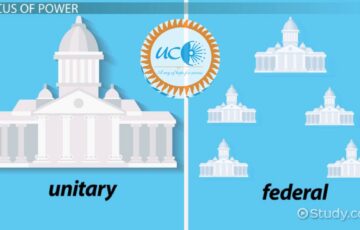Explain the structure, functions and powers of the Supreme Court of India.
Introduction:
The Supreme Court of India is the highest court provided by the constitution of India. Part 5 of Indian Constitution provides for the Supreme Court. Articles 124 to 147 Of the constitution deals with Supreme Court. Currently there are 33 judges along with 1 chief justice. The first chief justice of India was H J Kania(1950-51). Presently, N V Ramana is the Chief Justice of India
Body:
Qualification and Tenure
Eligibility conditions for a judge of the supreme court are:
- A citizen of India
- A judge of a High Court for minimum period of 5 years (or)
- An advocate of a High Court for at least 10 years or a distinguished jurist
Judges hold office till the age of 65. Judges can be removed by the president on the recommendation of the two houses up the parliament by two-third majority.
Powers
1) Original jurisdiction- Cases involving Government of India and the states or cases involving the enforcement of fundamental rights philander original jurisdiction.
2) Appellate jurisdiction- In cases which are brought to it it in the form of appeals against judgement of lower courts
3) Advisory function- The supreme court advises the president on the constitutionality of a particular legal matter. this advice is not binding to the president
Other Powers:
- It is a court of record and can punish for contempt of itself
- It can make rules for regulating the practice and procedure of course with the approval of president
- It enjoys the power of Judicial review
- Issuing the writs
Conclusion:
Chief justice has the absolute power. All the benches of the Supreme Court are constituted by the chief justice. Judiciary in India is separated from the legislative and the executive thus providing transparency and ensures the rights of the citizen are not snatched away from them. Thus it secures the citizen against misuse of power by executive. We have also witnessed timely intervention from the courts have solved many problems in several matters regarding the governance.









